
Stewart Granger was a British film actor, mainly associated with heroic and romantic leading roles. He was a popular leading man from the 1940s to the early 1960s, rising to fame through his appearances in the Gainsborough melodramas.

James Elliot Lapine is an American stage director, playwright, screenwriter, and librettist. He has won the Tony Award for Best Book of a Musical three times, for Into the Woods, Falsettos, and Passion. He has frequently collaborated with Stephen Sondheim and William Finn.

Harry Hart "Pat" Frank was an American writer, newspaperman, and government consultant. Frank's best known work is the 1959 Alas, Babylon, and 1956 Forbidden Area.

The Last Hurrah is a 1956 novel written by Edwin O'Connor. It is considered the most popular of O’Connor's works, partly because of a 1958 movie adaptation starring Spencer Tracy. The novel was immediately a bestseller in the United States for 20 weeks, and was also on lists for bestseller of that year. The Last Hurrah won the 1955 Atlantic Prize Novel award, and was highlighted by the Book-of-the-Month Club and Reader's Digest. The Last Hurrah received very positive critical reviews, including an "ecstatic" one from the New York Times Book Review.
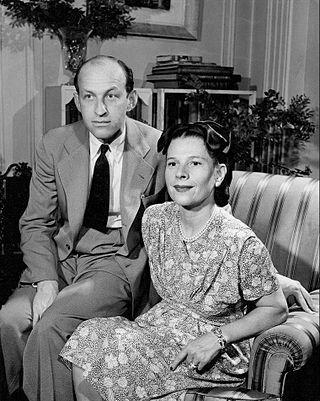
Garson Kanin was an American writer and director of plays and films.

Independence Day is a 1995 novel by Richard Ford and the sequel to Ford's 1986 novel The Sportswriter. This novel is the second in what is now a five-part series, the first being The Sportswriter. It was followed by The Lay of the Land (2006), Let Me Be Frank With You (2014) and Be Mine (2023). Independence Day won the Pulitzer Prize and PEN/Faulkner Award for Fiction in 1996, becoming the first novel ever to win both awards in a single year.

Louis Adamic was a Slovene-American author and translator, mostly known for writing about and advocating for ethnic diversity of the United States.
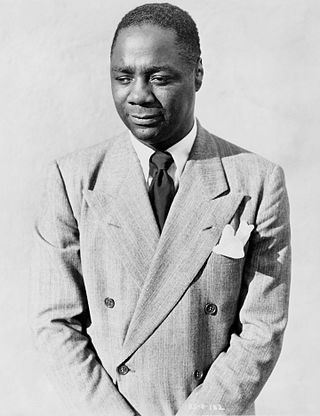
Canada Lee was an American professional boxer and then an actor who pioneered roles for African Americans. After careers as a jockey, boxer and musician, he became an actor in the Federal Theatre Project, including the 1936 production of Macbeth adapted and directed by Orson Welles. Lee later starred in Welles's original Broadway production of Native Son (1941). A champion of civil rights in the 1930s and 1940s, Lee was blacklisted and died shortly before he was scheduled to appear before the House Un-American Activities Committee. He advanced the African American tradition in theatre pioneered by such actors as Paul Robeson. Lee was the father of actor Carl Lee.

Leonard Alfred George Strong was a popular English novelist, critic, historian, and poet, and published under the name L. A. G. Strong. He served as a director of the publishers Methuen Ltd. from 1938 to 1958.
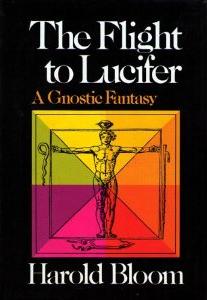
The Flight to Lucifer: A Gnostic Fantasy is a 1979 fantasy novel by American critic Harold Bloom, inspired by his reading of David Lindsay's fantasy novel A Voyage to Arcturus (1920). The plot, which adapts Lindsay's characters and narrative and features themes drawn from Gnosticism, concerns Thomas Perscors, who is transported from Earth to the planet Lucifer by Seth Valentinus.
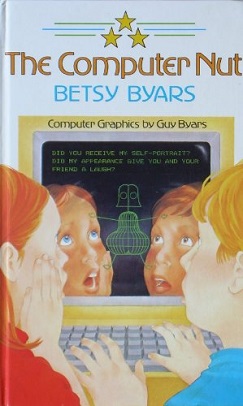
The Computer Nut is a 1984 children's novel written by Betsy Byars. It was the first novel Betsy Byars wrote on her new computer.

Edgardo Vega Yunqué was a Puerto Rican novelist and short story writer, who also used the Americanized pen name Ed Vega.

Roman Aloys Bohnen was an American actor. He is perhaps best known for his roles in the films Of Mice and Men (1939), The Song of Bernadette (1943), and The Best Years of Our Lives (1946).

Obsession, released in the United States as The Hidden Room, is a 1949 British crime film directed by Edward Dmytryk. It is based on the 1947 novel A Man About a Dog by Alec Coppel, who also wrote the screenplay for the film. Obsession was entered into the 1949 Cannes Film Festival.

Mr. Denning Drives North is a 1951 British mystery film directed by Anthony Kimmins and starring John Mills, Phyllis Calvert and Sam Wanamaker. The plot concerns an aircraft manufacturer (Mills) who accidentally kills the boyfriend of his daughter (Moore) and tries to dispose of the body. Alec Coppel wrote the script, adapted from his own 1950 novel of the same title.
Adam Ross is an American writer and editor best known for his 2010 novel Mr. Peanut.

Aubrey W. Pankey was an American-born baritone and noted Lieder singer in 1930s Germany. In 1956 he permanently emigrated to East Germany under the growing shadow of McCarthyism together with his companion Fania Fénelon. He was the first American to sing in the People's Republic of China in 1956.
Violet Elizabeth Cadell, née Vandyke was a 20th-century British writer. She sometimes used the pseudonym, Harriet Ainsworth.
Peggy Louise Goodin was a best-selling American novelist and three-time Hopwood Award winner. Two of her novels were adapted into films.
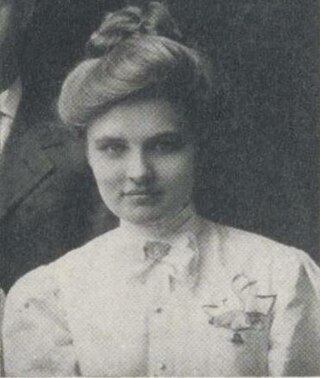
Elizabeth Frances Corbett was an American writer of fiction, poems, and plays.

















